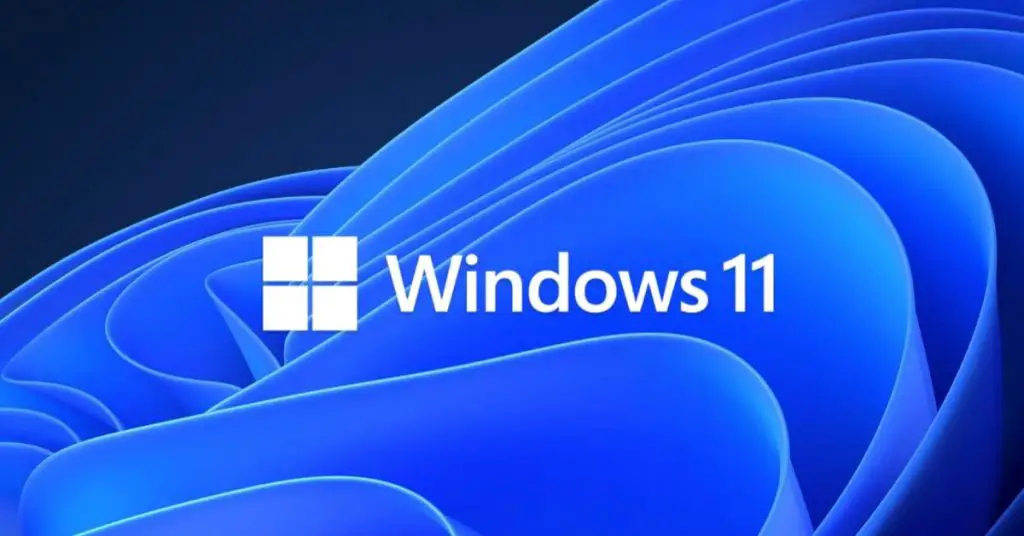Microsoft’s Windows 11, introduced in 2021, has reached a milestone, powering over 400 million monthly active devices, according to a recent report by Windows Central. Despite a slower adoption rate compared to its predecessor, Windows 10, the company anticipates hitting 500 million monthly active devices by early 2024. This revelation comes as Windows 11 experiences success beyond Microsoft’s initial expectations.
Slower Adoption Rate: A Comparative Analysis
The pace at which Windows 11 has been adopted is notably slower than its predecessor, Windows 10. While Windows 11 achieved the 400 million monthly active devices mark just over a year after its launch, Windows 10 reached the same milestone in a shorter timeframe.
Launched in June 2015, Windows 10 secured 400 million monthly active devices within a year, ultimately reaching 1 billion users by early 2020. The comparison raises questions about the factors influencing the slower adoption of Windows 11.

The report suggests that Microsoft has deliberately set a “modest” expectation for Windows 11 usage, and interestingly, the operating system has consistently surpassed these internal goals.
Despite the slower uptake, Windows 11 has proven to be more successful than anticipated from a user-base standpoint, challenging the notion that adoption speed is the sole indicator of a product’s success.
Hardware Requirements and Adoption Challenges
One notable factor influencing the adoption rate is the stringent hardware requirements introduced with Windows 11. Unlike Windows 10, which offered a limited-time free upgrade from Windows 7 and Windows 8, Windows 11 imposes stricter conditions.
The operating system is only supported on CPUs released from 2018 onwards, necessitating the presence of a Trusted Platform Module (TPM). This move aimed to enhance security but created a potential hurdle for users with older hardware, impacting the overall adoption rate.
Microsoft’s decision to close the loophole that allowed free Windows 10 upgrades also played a role in shaping the adoption landscape. The absence of a free upgrade incentive, coupled with more stringent hardware requirements, has led to a more cautious approach from users when transitioning to Windows 11.
Windows 11 Updates and Future Prospects
In an effort to enhance user experience and address evolving needs, Windows 11 has received several updates since its launch. The addition of Copilot, Microsoft’s AI personal assistant, marked a significant development.
This integration brings advanced AI features to various aspects of the operating system, including the Paint application, showcasing Microsoft’s commitment to innovation and user satisfaction.
Looking ahead, Microsoft has its sights set on Windows 12, the next major iteration of its operating system, expected to be released in 2024. As the tech giant continues to refine and evolve its flagship product, the future of Windows promises further advancements and features, potentially influencing the adoption landscape.
While Windows 11 has taken a slower path to adoption compared to its predecessor, its success in reaching 400 million monthly active devices demonstrates its resilience and appeal. With ongoing updates and the anticipation of Windows 12, Microsoft remains committed to providing cutting-edge operating systems that cater to the evolving needs of users worldwide.
